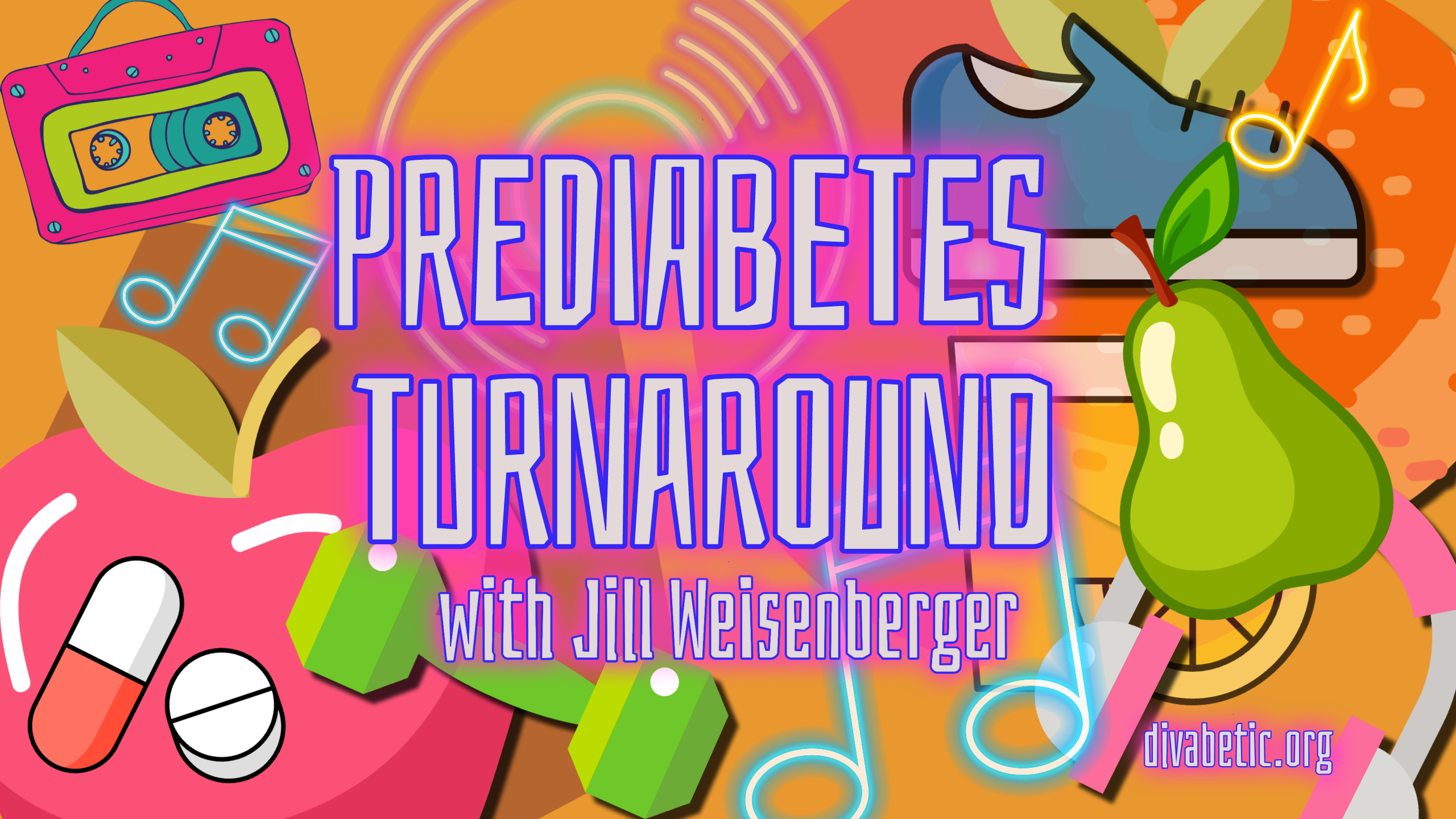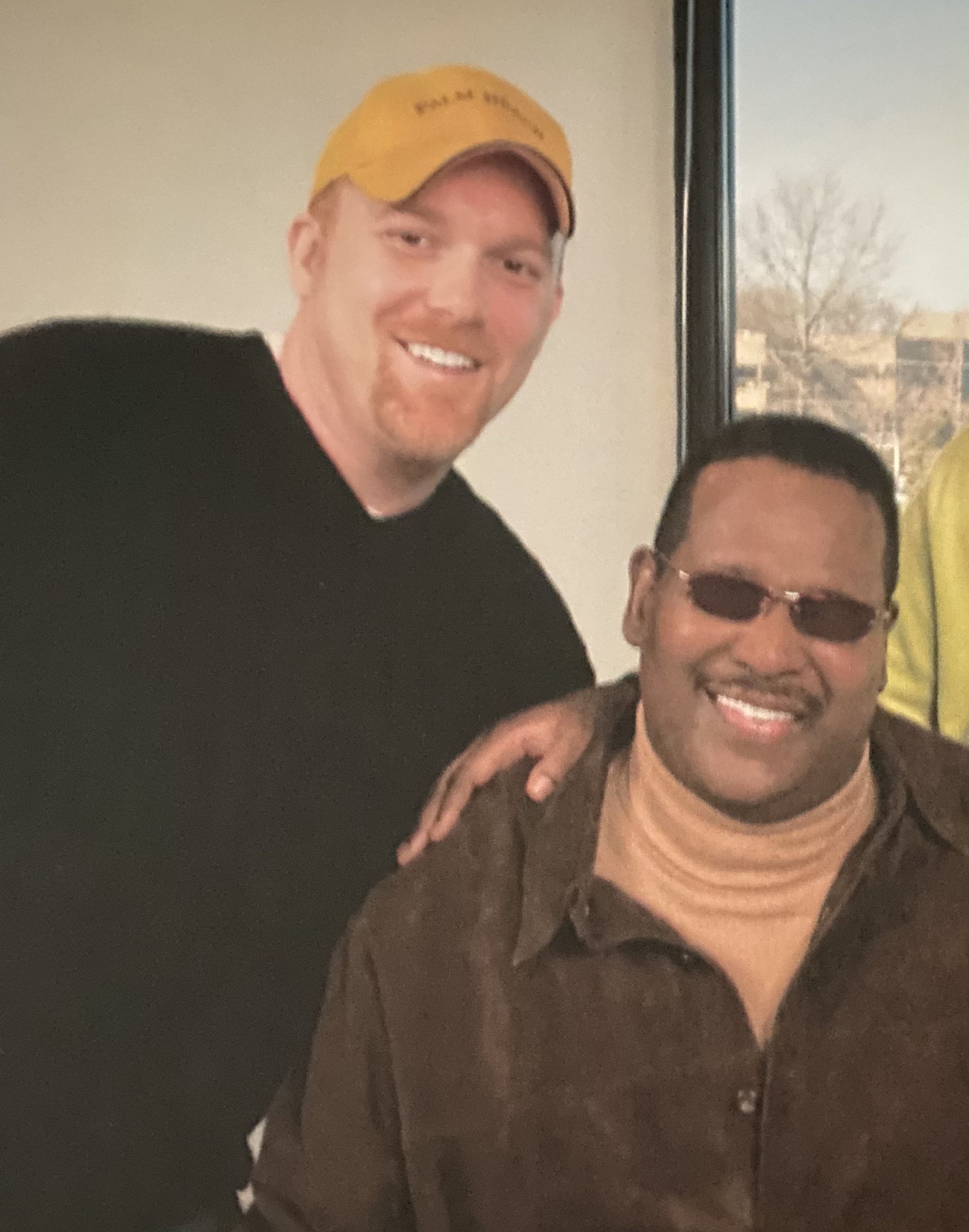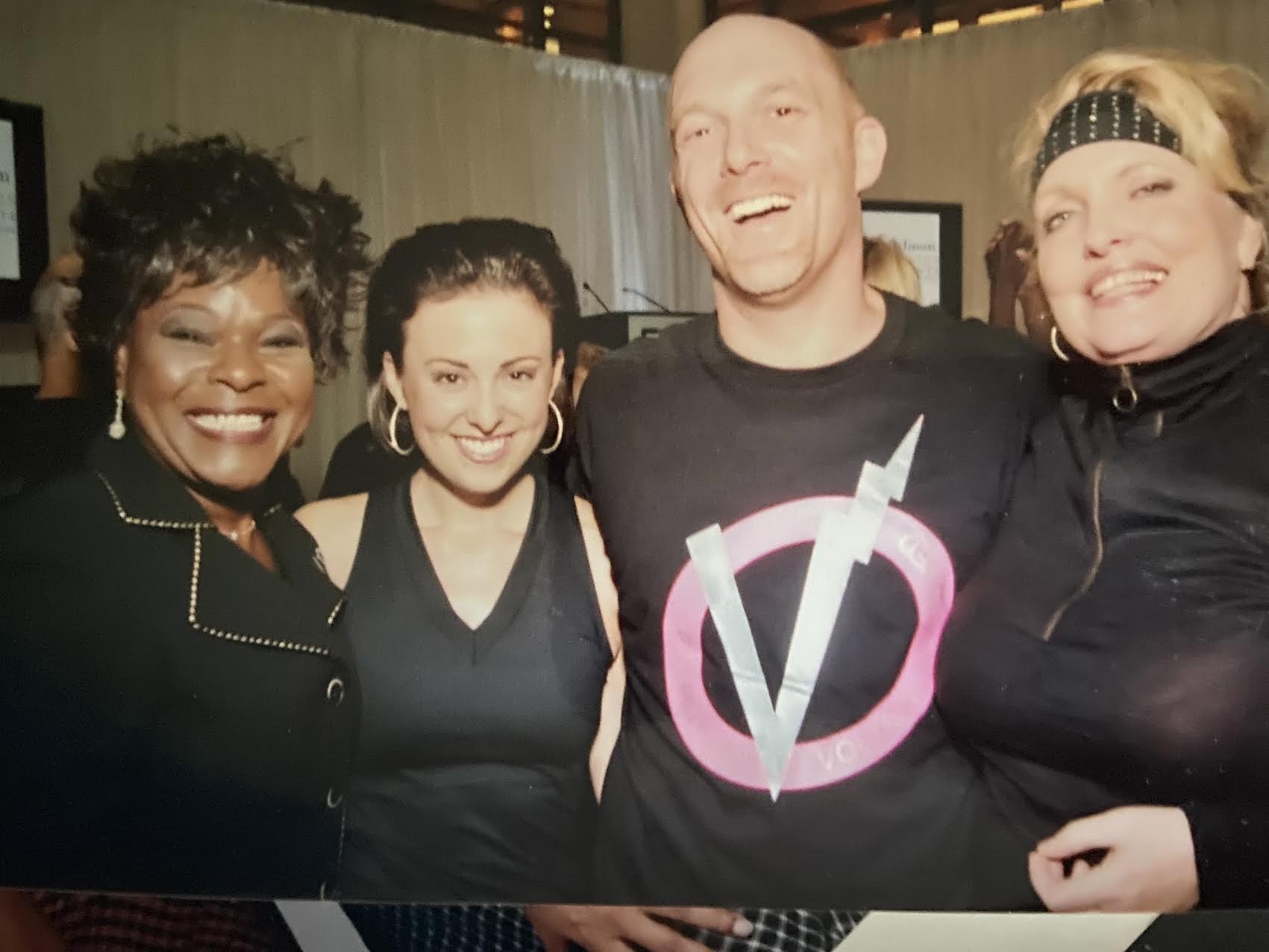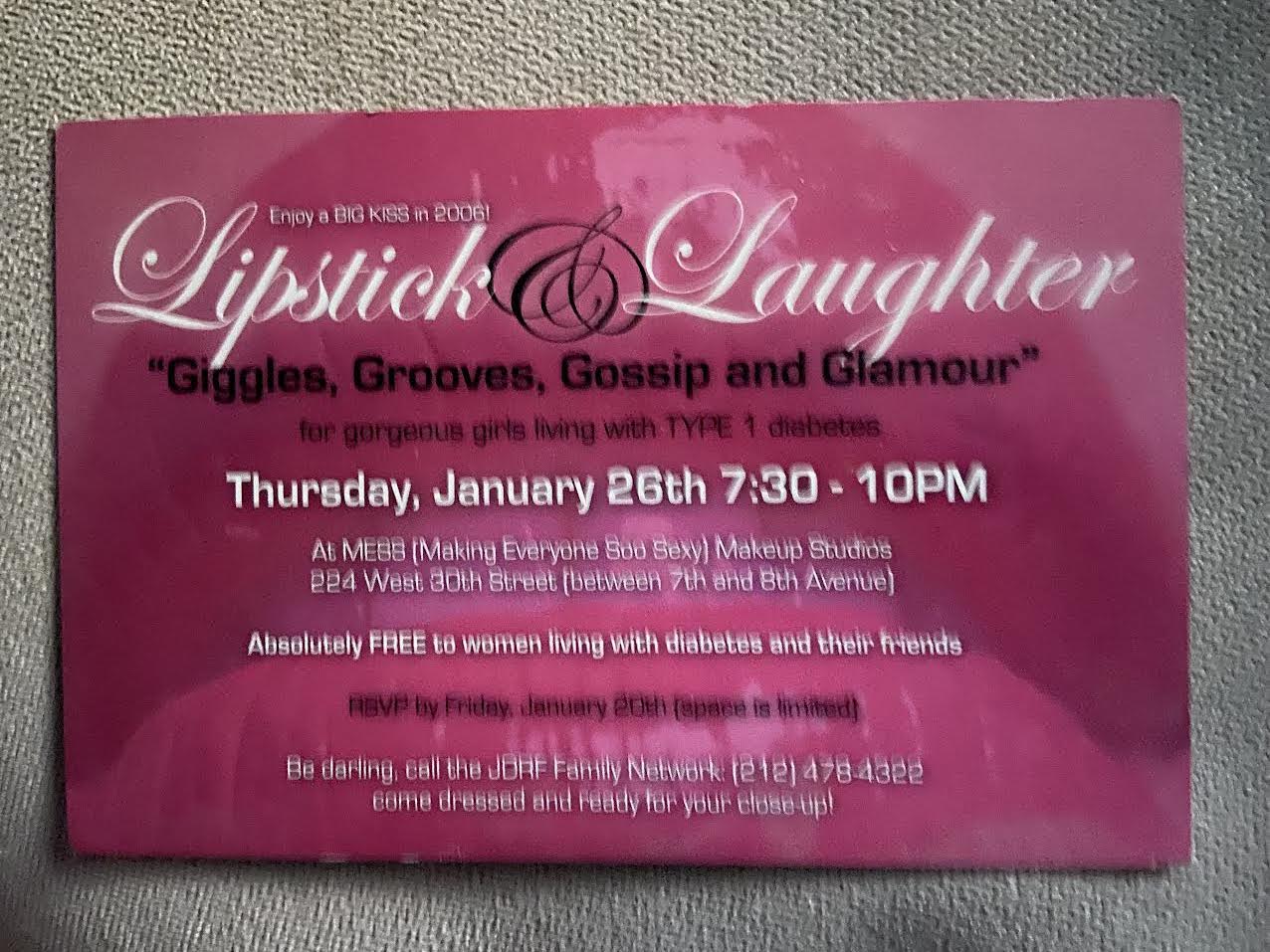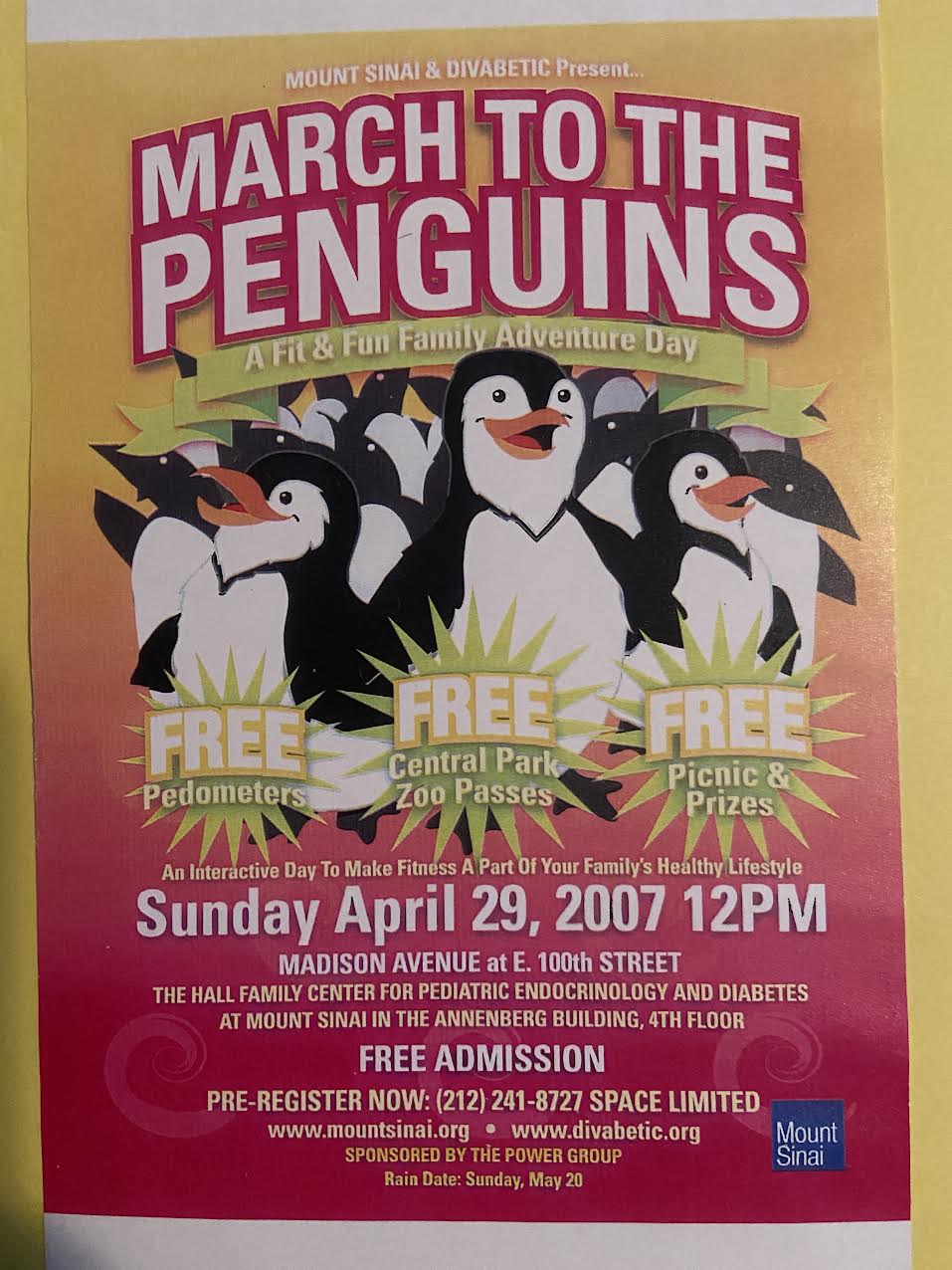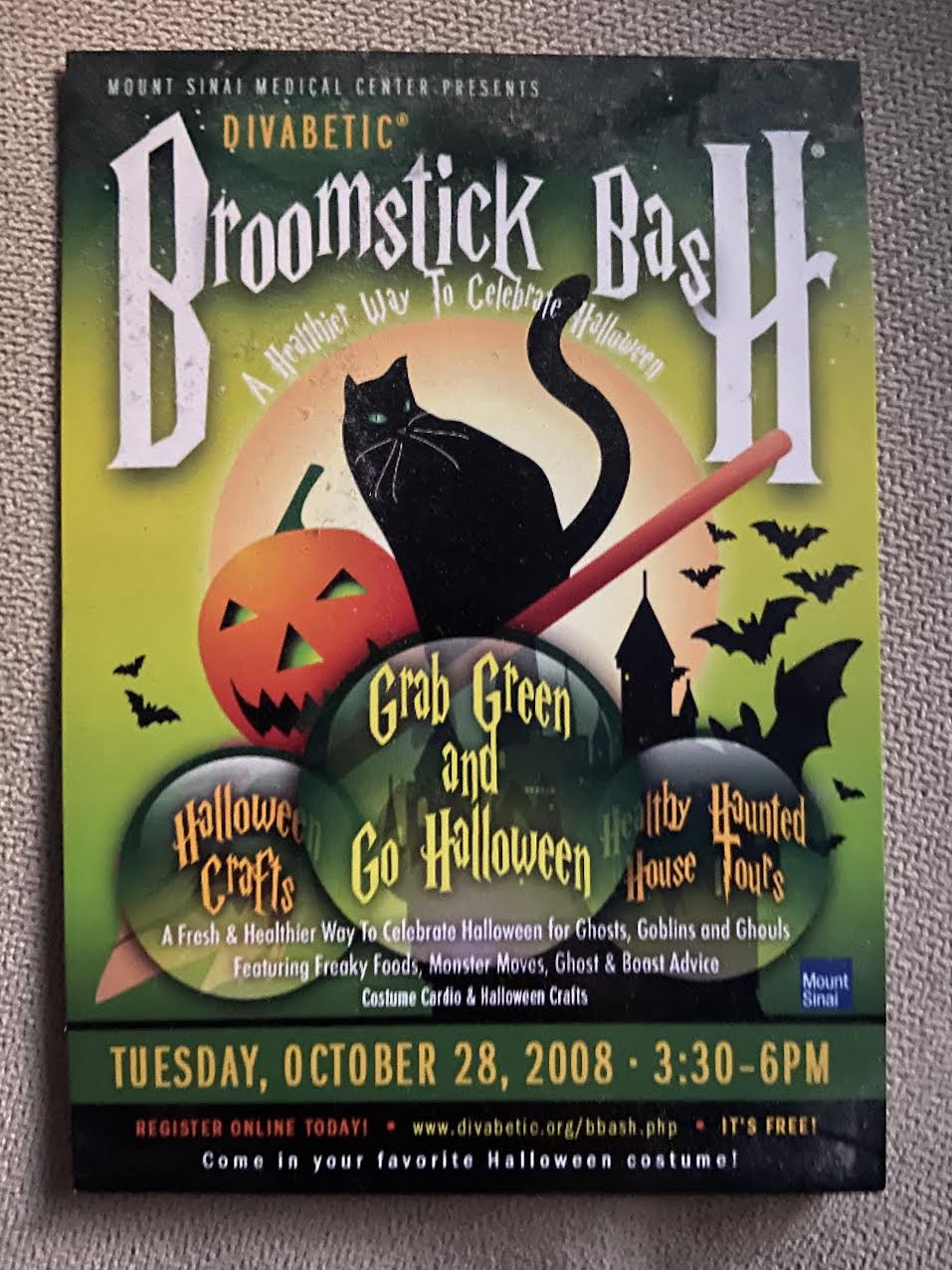On my way to Joe’s salon, Hale Organic, I stumbled upon Frederick Castleberry’s bespoke suit boutique.
New York City offers so many wonderful ways to glamorize good health. Creating your style can empower you to stay on track with your diabetes self-care. Dressing up, showing up, and not giving up are mottos for many women who have faced unexpectedly high and low blood sugars.

The boutique’s pink walls covered in fantastic art looked like a jewel box store, and the sparkle of the jewel-stoned animal lapel pins caught my eye. Nordic Knots described his sense of style as blurring the lines between opulence and playfulness with his bold use of color and mishmash of references and muses, from Jacques Costeau to Pablo Picasso. I was in awe of his eclectic sense of style.

I met Frederick when I walked in, and he introduced himself. He told me how he worked at Ralph Lauren before striking out on his own and appeared on the HBO Max reality show “Stylish with Jenna Lyons.”

We had a great chat about his inspiration for fashion and design, and I saw the similarities between one of his main inspirations, Wes Anderson’s “Royal Tenenbaums,” and his brand.

Frederick’s great sense of humor aligns with his F.E. Castleberry brand’s motto — “The better you dress, the worse you can behave.” His custom-made menswear collection retails for thousands of dollars, along with $550 handmade English loafers, and he has 80,000 followers on social media.
On his website, Frederick emphasizes the importance of shoes for men: “Nothing a man wears is more important than his shoes.” He traveled to Northamptonshire, England, to make his signature footwear.

“The county has been handcrafting Goodyear welted shoes to exacting standards since 1880… The perfect place to try something new, the old-fashioned way.”
As I left the boutique, I couldn’t help but think that Frederick’s designs are truly one-of-a-kind and worth every penny.

If you have a blood glucose level between 100 and 125 mg/dL, you may have prediabetes. If your blood glucose level is 126 mg/dL or higher, you may have diabetes. An unhealthy blood glucose level on a non-fasting test is above 140 mg/dL.
You can either ignore it or choose to make some changes. Consult with your healthcare collaborators about what you can do to reach your goals. Prediabetes is a signal that changes are needed to avoid the development of Type 2 diabetes.

Join us for our Luther Vandross: Never Too Much celebration featuring a Panel discussion, Fashion Show, Luther Games, Live Performances, and Live DJ.
Come dressed in your Big 80s Bling!
Luther Vandross was known for wearing rhinestones, tuxedos, and tailcoats on stage. He wore Versace, Gucci, Dolce & Gabbana, and Tom Ford off-stage! He wasn’t afraid of wearing bright colors, animal prints, geometric patterns, and/or fringe. His style and incredible showmanship brought him legions of fans worldwide.
We’re celebrating the glitz and glamour that made his concerts more memorable and set him apart from other entertainers.
PANEL: How the Magic on Stage happened! Luther’s Vocalist, Cindy Mizelle, Luther’s Choreographer, James Ervin, and Graffiti Glamour Makeup Artistry Founder Alicia Mitchell help us get a closer look at the Shine of the Rhinestones, Big Luscious Hairstyles, and Bold Makeup to the Graceful Moves and Tight Harmonies. Hosted by Max Szadek.
FASHION SHOW: Designers showcase their gorgeous creations inspired by the romance and elegance of Luther Vandross. See the latest styles from Harlem’s Heaven and Modafleur, and more! Hosted by
PERFORMANCE: Luther’s most iconic songs performed by Luther’s most iconic songs by vocalist Keith Anthony Fluitt.



